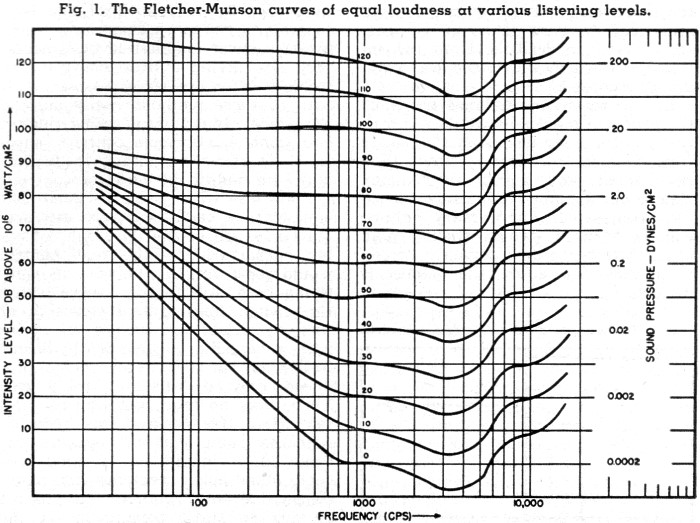You smoked me on the equivalent SPL distortion.
Yeah yeah, I know.
See, my mules don't like people
laughing. They get the crazy idea you're laughing at them. Now, if you'll apologize, like I know you're going to, I might convince them that you really didn't mean it.
---
Here are the rules:
The first rule of Fight... no, that's another movie.
You have to spot me a little... I get to use two mains (no subs), and the loudest old trace I could find (to match your levels), about 6dB louder at 1kHz, so my Left and Right should been at about the same level as you, just to be fair. Stereo speaker traces run 6dB SPL above single speaker traces, for the same signal level.
Example. Left, Right, and Both (it's not the measurement used below, not loud enough).

You get to use your subs.
My trace is flatish, yours sloped a bit.
All 1/12th smoothing. I'm measuring dead center at 10 feet.
Contestants:
JBL M2 with sub array and active crossovers
MartinLogan reQuest, 12" sealed woofer, 15 x 48" electrostatic panel, 180Hz passive cross, 1998 model, run full range with AcourateDRC in the path.
---
I'm royal pupleish, you're L/R blue/green.
Here's my two speaker 48 Hz hole, which is much reduced on individual L/R/traces. You don't have the phase anomaly I have. My room is open on the left rear corner, I think yours is closed.
Phase - You win on the bottom end, then...
Hey! Wait a minute! Where'd you go?
Good job on both here... 48Hz phase problem intrudes on mine. If I sloped the high frequency, mine might twist up on the right end too.
Nothing to see here, move along.
Step back...
Stretched this display all the way out to the left, wondering what you have out there. Left of zero is some sort of distortion image (per REW). I have it closer to zero time.
I have greater direct to reflected/reverberated ratio, maybe, on the good part to the right of zero.
Hmm... Looks like phase comes into play again on Group Delay.
And there's my 48Hz hole simply
ruining my bass trace.
My 220Hz hump is likely related to the dipole bounce off the wall behind the speakers.
Game, set, match.
Did you keep score?
Who won?
Sorry I trashed your thread. You can trash one of mine sometime.



